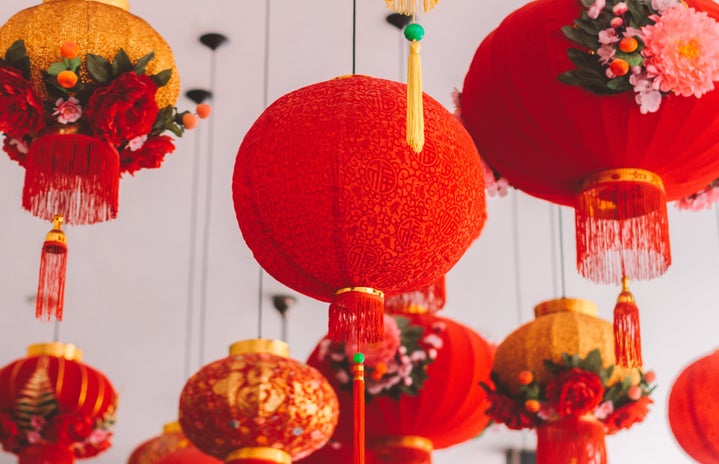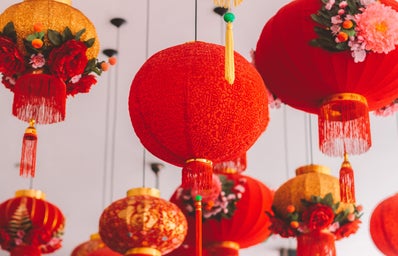Last week I grabbed dinner with an old high school friend at a Ballard pizzeria. She had had an arduous week; I could tell, after it took her nearly 30 minutes before dinner to pick out a top that complemented her just right, like it was the final and most frustrating task on her to-do list.
At dinner she took a restless sigh and began to tell me what was on her mind. After hearing the news that a white man shot and killed eight individuals, six of whom were Asian women, in Atlanta, Georgia earlier that week, she had been unable to turn her thoughts toward anything else. As a biracial Thai-American woman, she explained, she feared for her own life, her family, and her community. It was only when she attended an online forum for Asian women to confide in one another later in the week that she could finally feel herself start to breathe again.
I sat and listened to her, suddenly riddled with discomfort and guilt that I had had a perfectly fine week. I visited with my long-distance boyfriend, prepped for the road trip I’d be taking the next week and rode the done-with-finals high. It wasn’t that I hadn’t managed to read the news or see the sudden influx of “support Asian businesses” infographics across my Instagram feed. It’s just that the CNN alert I received that Wednesday morning, describing the allegedly sex-addicted culprit with an Asian fetish, felt like just another characteristic of this disturbing and deadly racist and sexist monotony that this country can’t seem to escape from. It truly just felt like another day.
As a biracial Chinese-American woman, I’ve struggled to understand my place in a world that is obsessed with visually-based categories. In my early childhood, I grew up spending weekends getting dim sum, surrounded by my mother’s sisters and, as the baby of the family, being showered with red and gold lucky money envelopes at every special occasion. I also grew up with my mother being mistaken for my nanny, and the befuddled faces of my teachers and classmates when they saw an Asian woman pick up a very white-looking child after school.
Sure, as more and more people attempt to expand their understanding of race as a “social construct” and incorporate a more inclusive and expansive vocabulary into their daily discussions, I am seeing a commitment and passionate discomfort that is beautiful and long overdue. Still, even when I see “two or more races” listed as an option on a job application, I feel incomplete.
The reality is that race is a social construct that was created for the sole purpose of dividing people into categories based on their physical appearance. The reality is that my biracial Japanese-American friend who has black hair and monolids is going to be perceived as “more Asian” by people who, for some reason, have decided that they have the right to evaluate someone’s “Asian-ness” according to their looks. The reality is that both of my friends left the house that week fearing for their lives, and I did not.
After dinner, I felt overwhelmed and confused by what seemed like my suddenly evident lack of understanding of myself. Should I have felt as disappointed as my friend was when her non-Asian friends publicly declared “stop Asian hate” on social media but didn’t reach out to her personally? Why hadn’t I thought to reach out to her myself?
I feel like I fall somewhere in between — somewhere that leaves me with a lot of unanswered questions. This is something that I’ll have to keep navigating as I grow older, have more conversations, make more relationships and continue to watch this country struggle to erase the problematic ideals by which it was founded on. But in the meantime, I will attempt not to delegitimize my identity, and ask my friends out to dinner more.


